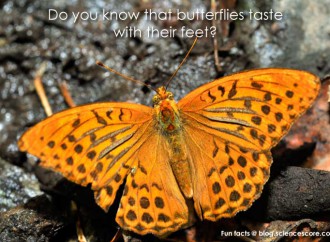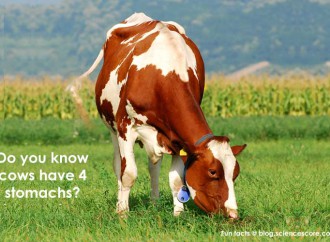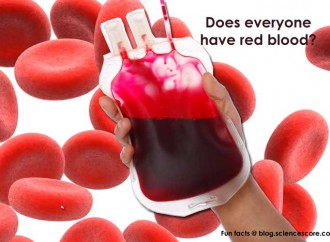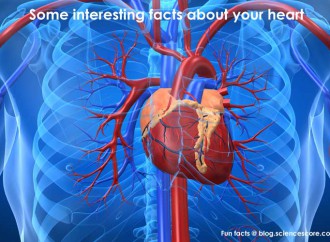Which mammals have no teeth?
- Life Science, Science Fun Facts
- September 21, 2012

When a butterfly is ready to lay eggs, it has to lay them on a leaf that will eventually become food for the caterpillars when they hatch. But how does a butterfly know whether or not that plant is safe for its babies to eat? It knows from the moment it lands on the leaf,
READ MORE
Hey kids, when most people hear the word “chemistry”, they think of creepy laboratories with bubbling beakers of toxic goo. But chemistry can happen any time two different things react together to make something new, and there are fun science experiments that you can do right in your kitchen! Experiment 1: Magic Mud All you
READ MORE
Have you ever wondered why flowers come in so many colours? It’s because bright colours help attract pollinators – small insects, mammals, or birds that can pick up a flower’s pollen and help spread it around. Without pollinators, flowers couldn’t reproduce, and we wouldn’t have many of the flowers and fruits that we enjoy today.
READ MORE
Have you ever seen cows having lunch in a field? They may be enjoying their tasty grass, but if you tried to join them, you’d probably feel sick afterward. Most grasses are too tough for your stomach to digest properly. So how can cows get away with it? They have 4 stomachs! Well, not quite.
READ MORE
Have you ever watched someone give blood? It’s an important job – blood only does a patient any good if the cells are still alive. That means that when you donate blood, you’re giving a part of yourself that’s still alive to somebody else! So what makes up the living soup called blood? Most of
READ MORE
Quick – put your hand over your heart! Did you put your hand on the left side of your chest? Most people do, but your heart is actually right in the middle. It just tips to the left so that part of it taps against the left side of your chest when it beats. If
READ MORE